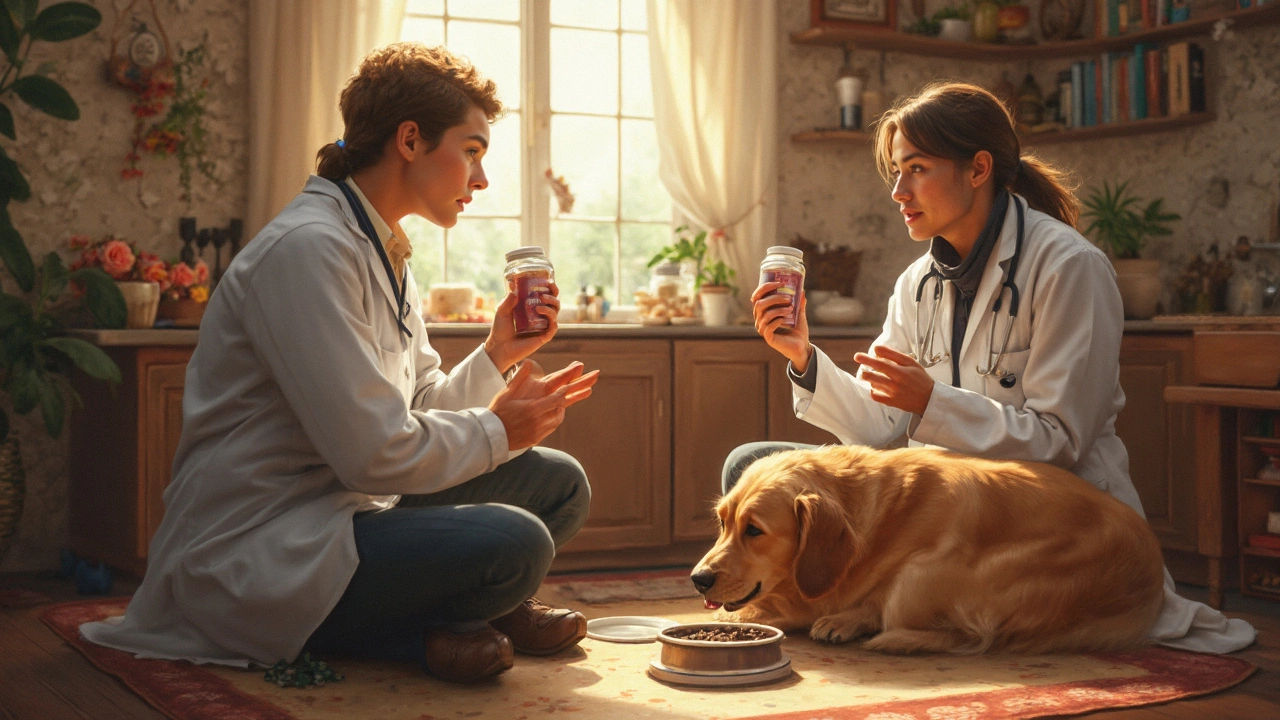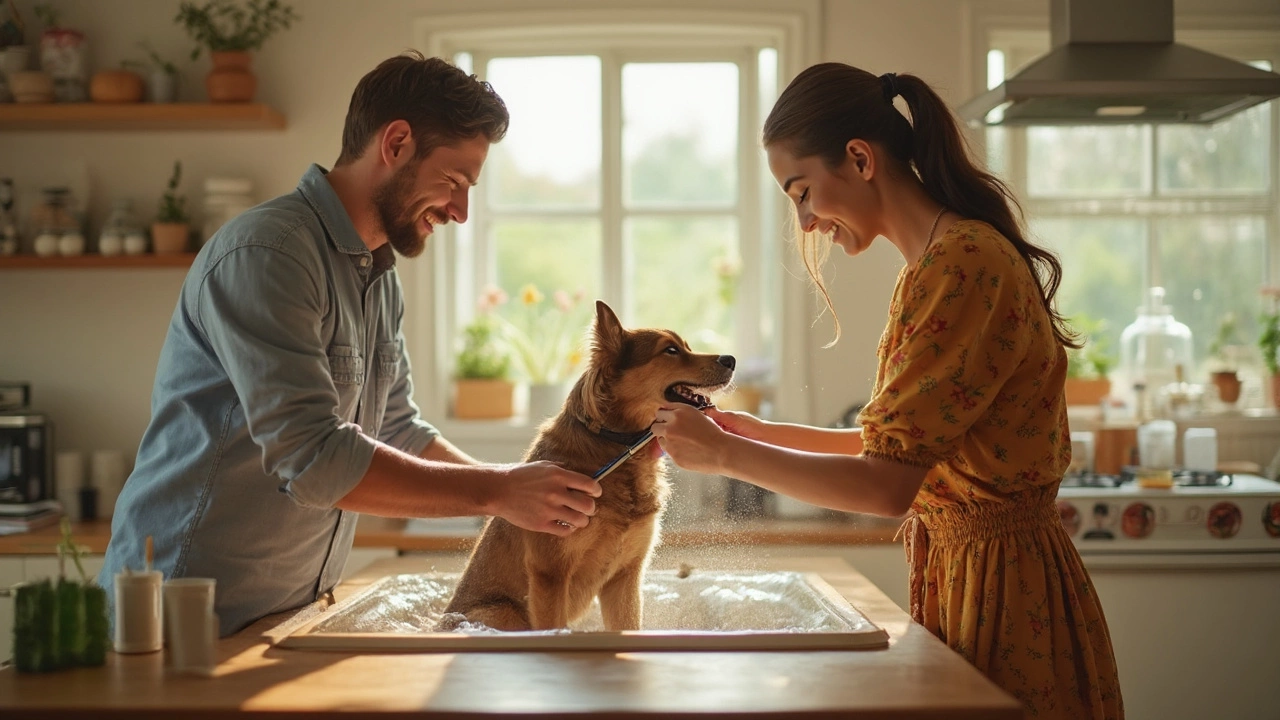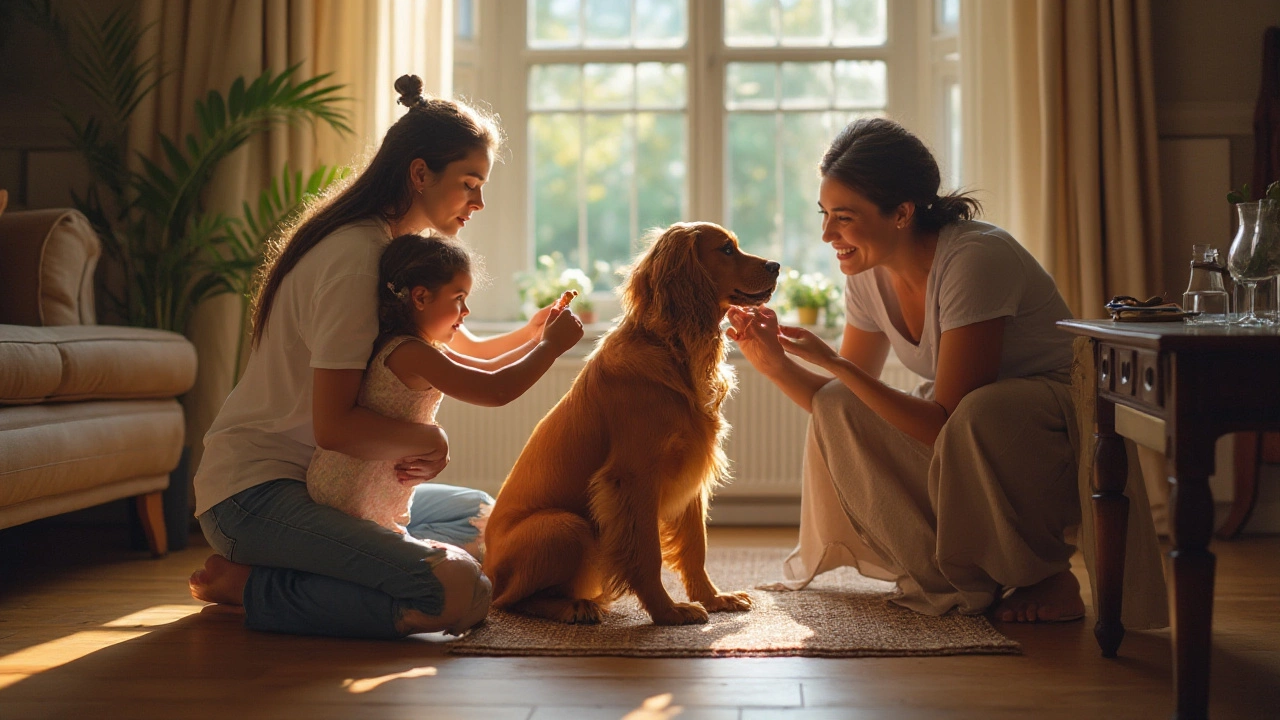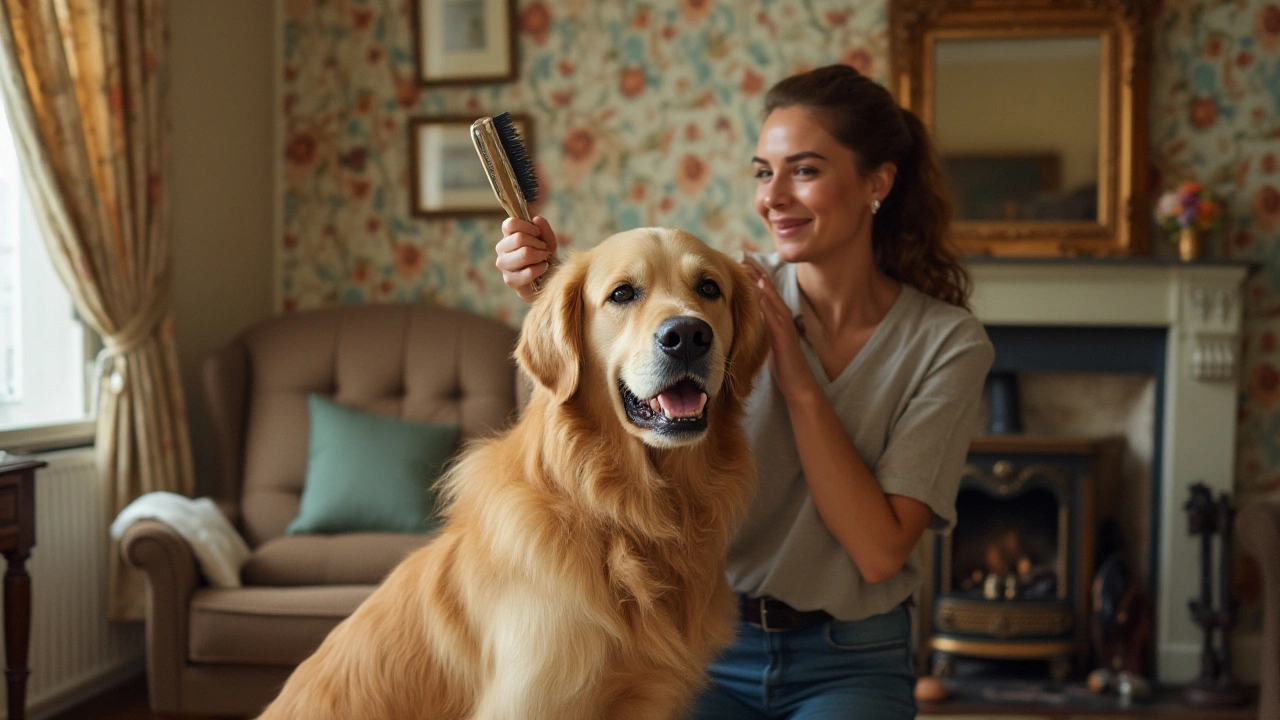Dog Care: Simple Tips for Happy, Healthy Pups
Taking care of a dog can feel like a lot, but most of it comes down to a few everyday habits. Whether you’re a first‑time owner or have years of experience, the right routine keeps your dog safe, comfortable and full of energy.
First thing’s first: a well‑fitted collar or harness. A collar is great for ID tags, while a harness reduces pressure on the neck during walks. Vets usually recommend a breakaway collar for indoor use, especially if your dog tends to get tangled in furniture. If you’re unsure which works best, try both on a short walk and see which feels more natural for your pup.
Everyday Essentials
Food and water are the basics you can’t skip. Fresh water should be available at all times, and meals should be on a regular schedule. Adding a daily vitamin or omega‑3 supplement, like fish oil or salmon oil, can boost coat shine and joint health. Just follow the dosage on the label and check with your vet if your dog is on medication.
Grooming isn’t just about looking good. Brushing removes loose fur, reduces shedding and lets you spot skin issues early. If you bathe your dog before a professional grooming session, the groomer can focus on trimming and styling instead of cleaning. Use a mild dog shampoo and rinse thoroughly to avoid skin irritation.
Crate training offers a safe space for your dog. Covering the crate at night can help some pups feel more secure, but keep airflow good and avoid heavy blankets that could overheat. A soft bedding layer works for most dogs, while a blanket is fine if your dog doesn’t chew it.
Common Questions Answered
Should you let your dog wear a collar and harness together? Most experts say no – double equipment can cause rubbing and confusion. Choose one based on the activity: collar for ID, harness for walks or training.
Traveling with a dog? Airlines typically require a health certificate and a sturdy carrier. Some airlines let small dogs fly in the cabin, but a 50‑pound dog usually has to travel as cargo. Packing a familiar blanket and a toy helps reduce stress during the flight.
Thinking about training collars? They can be useful when used correctly, but many trainers prefer positive reinforcement tools like clickers or head halters. If you opt for a training collar, start with low‑intensity settings and watch your dog’s reaction closely.
Supplements and vitamins are popular, but not every dog needs them. Daily dog vitamins can fill gaps in diet, especially for older dogs or those with specific health concerns. Look for products that list clear ingredient amounts and avoid mega‑doses unless prescribed.
Finally, keep an eye on your dog’s behavior at home. Barking, nooking (the habit of kneading soft toys), or trying to escape the crate can signal boredom or anxiety. Provide enough exercise, mental games and a consistent routine to keep those issues in check.
Dog care isn’t rocket science – it’s about paying attention, staying consistent, and adjusting as your pup grows. Follow these straightforward tips and you’ll see a happier, healthier companion in no time.
- Morgan Ainsworth
- 0 Comments
Do Vets Recommend Supplements for Dogs? Honest Answers and Tips
This article dives into whether veterinarians actually recommend health supplements for dogs or if it's mostly hype. You'll get practical insights on when supplements make sense, why some vets hesitate, and what to look for if your dog needs a nutrition boost. Learn how to spot trustworthy brands, avoid common mistakes, and understand the real impact of supplements on your dog's well-being. It's straight talk—just what dog lovers need to make informed choices. Find out what really matters before adding anything to your pup’s bowl.
View More- Morgan Ainsworth
- 0 Comments
How to Save Money on Dog Grooming Without Cutting Corners
Dog grooming can get expensive, but there are smart ways to keep your dog looking sharp without emptying your wallet. This article digs into practical tips for cutting grooming costs, from smart at-home solutions to knowing when it's worth paying for a pro. You'll find ideas for trimming expenses without sacrificing your dog's comfort or health. We'll even clear up common myths about cheap grooming strategies. If you want to care for your dog and your bank account, this is a must-read.
View More- Morgan Ainsworth
- 0 Comments
Dog Grooming: Understanding the Time It Takes to Pamper Your Pet
Grooming your dog is not just about making them look good; it's a vital part of their health and well-being. The time required for grooming depends on various factors including the dog's breed, coat type, and behavior. With the right knowledge and equipment, you can ensure a smooth and stress-free grooming experience for both you and your pet. Learn how to gauge the time needed and discover tips to make the process efficient and enjoyable.
View More- Morgan Ainsworth
- 0 Comments
Understanding the Drawbacks of Dog Grooming Services
Dog grooming is essential for maintaining a pet's hygiene and appearance. However, there are certain disadvantages associated with using professional grooming services. These include cost considerations, potential stress for pets, and the risk of inexperienced groomers causing injury. Pet owners should weigh these factors before deciding on grooming options. Understanding the downsides helps in making informed decisions for their furry friends.
View More



